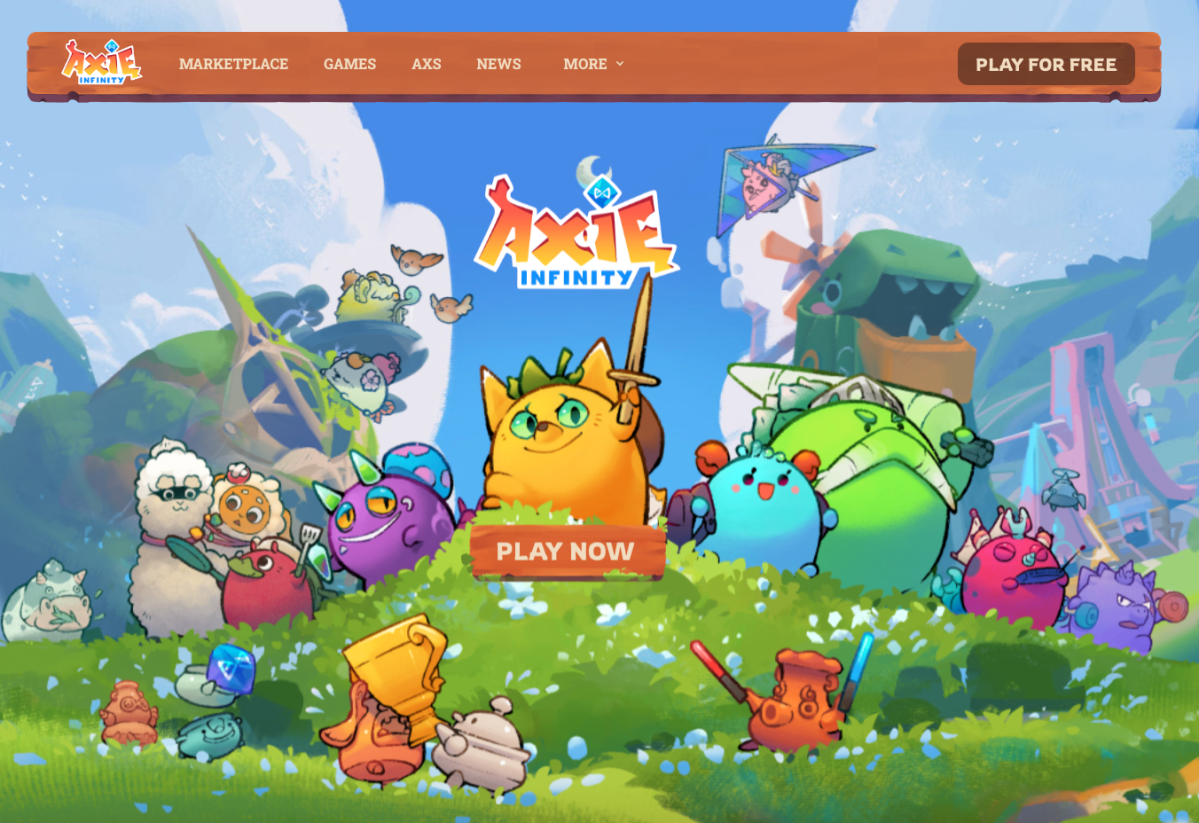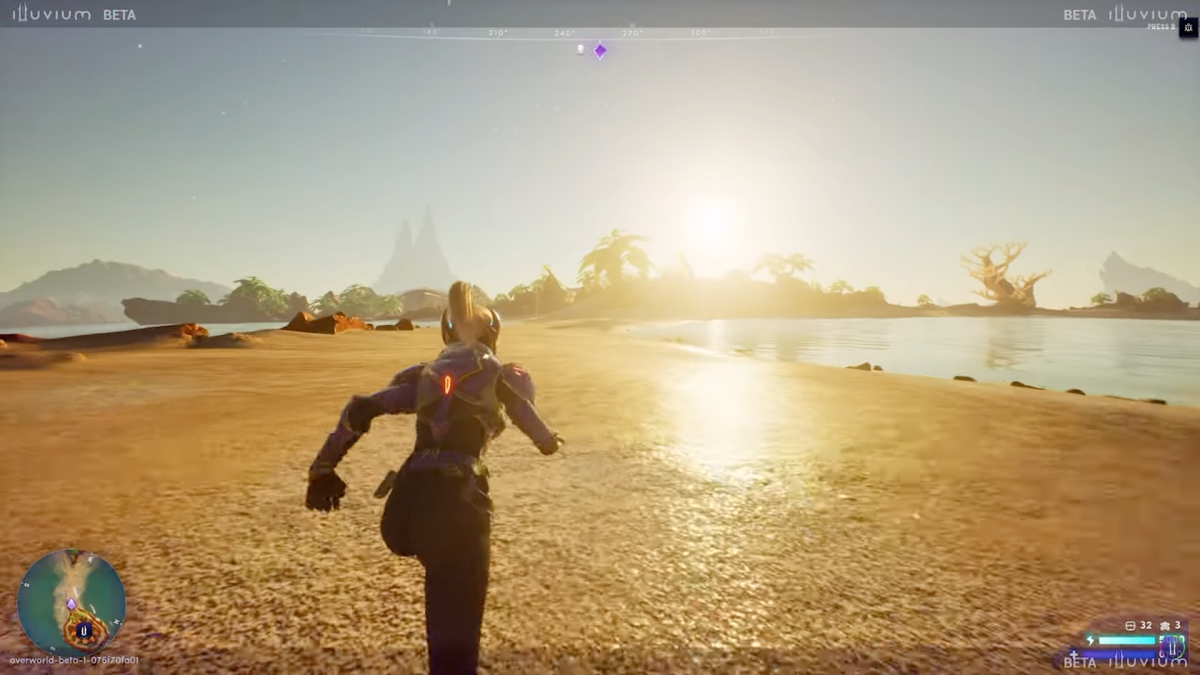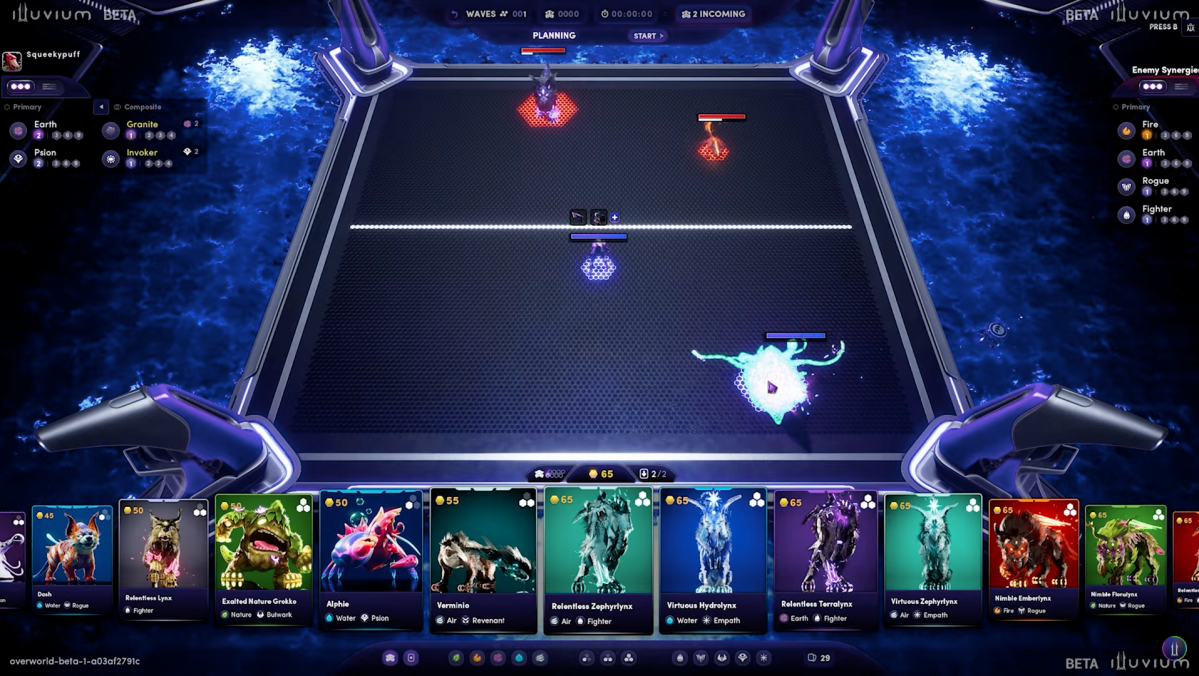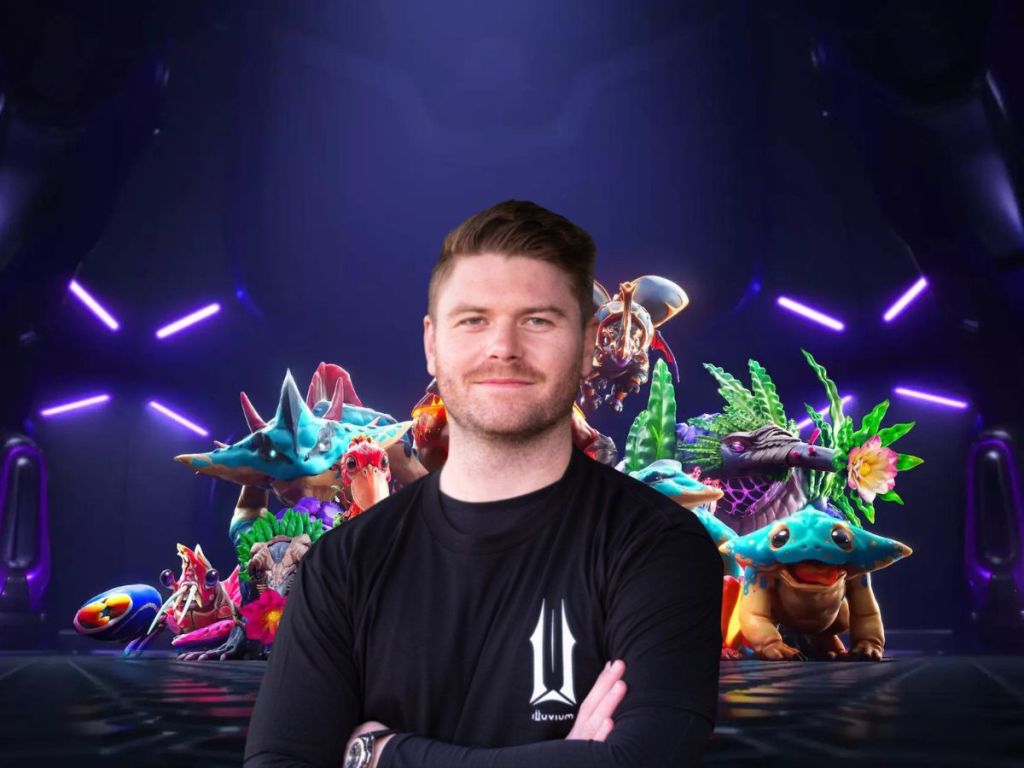Illuvium: Australian entrepreneur Kieran Warwick knows crypto better than most.
In 2014, he took AU$80,000 — a deposit he’d saved up to buy a home — and invested it, with leverage, into the cryptocurrency Ethereum (ETH) when it was trading for just eight dollars.
When the price of ETH fell to six dollars Kieran lost everything, leaving what some might call a ‘sour taste’ in his mouth.
The ache was only made worse when his brother Kain, achieved stunning success in the industry, with the launch of his own crypto finance firm Synthetix. Kain’s crypto firm Synthetix went on to be valued at a whopping US$5 billion, making him one of Australia’s richest people.
After seeing Kieran watch on from the sidelines for years, Kain urged him to get back in the game and gave him AU$100,000 to trade on the crypto market.
After making a number of incredibly successful investments beginning in 2018, Kieran managed to transform this sum into hundreds of millions of dollars. One of the most successful investments Kieran made was by investing in the token of the wildly popular ‘play-to-earn’ (P2E) NFT game Axie Infinity, which surged from a value of US$10 million to US$3 billion in less than two years.
Money
But making “sh*t tonnes” of money wasn’t enough for Kieran, and witnessing the rapid success of Axie Infinity — as well as its eventual and equally rapid decline — made him realise there was a major gap in the market for a game that uses NFTs as a core piece of its infrastructure.
“Axie Infinity was a light bulb moment for me. I went ‘shit, if you could actually build a really good game then you’d be positioned really well in this market’” Kieran explained. “Because let’s be honest, Axie was never really a good game.”
In 2021 Axie Infinity was the poster child of a new breed of games that used NFTs and cryptocurrencies to pay players for playing a game, all while allowing the most premium in-game assets to be bought and sold by on secondary markets.

Players earned crypto by breeding and battling little critters called ‘Axies’. By minting them as NFTs, they could sell the best versions of these creatures to each other using the game’s native cryptocurrencies.
When Axie Infinity reached its peak in mid-2021, it seemed as though P2E games had it made. Everyone was earning money and were supposedly having a lot of fun while doing so. However, like many other P2E games, Axie Infinity witnessed a drastic and sudden decline after players — who’d made small fortunes in the early days of the game — cashing out their hard-earned crypto faster than newcomers were joining up to play.
Despite investing heavily in the project from the outset, Kieran says that he was always acutely aware of a much deeper problem at the heart of Axie Infinity and the many copycat versions of the game that began popping up in its wake. This problem launched a fascination that saw him and his two younger brothers Aaron and Grant Warwick launch a multi-faceted P2E blockchain game called Illuvium in 2022.
Can Illuvium crack the code?
For Kieran, the reason Axie Infinity failed in the long run was because of the game’s “inflationary” economic model.
“The problem with Axie was you always needed more people to keep on coming into the economy and buying up new Axies, otherwise they’d start deflating in value.”
“The reason for this is because they allowed a mechanic called ‘breeding’, which means that none of the Axies were ever truly unique and eventually the price of the game’s token would have to crash.”
“I foresaw that happening probably 12 months before anyone else was really talking about it. So, I just went out in a very Australian sort of way and just said, this is bullshit, right? Like, it’s a great concept and I love the idea of NFTs, but this is going to explode’. And it turns out I was right.”
Axie Infinity’s fall from grace wasn’t exclusive to this game alone. The industry of blockchain games is littered with projects that slowly but surely see interest dry up once the early-stage ‘gamers’ make enough money and decide to leave.
This is because there’s one big problem with ‘play-to-earn’ gaming that no company or development studio has been able to solve: How do you make a game that is simultaneously fun to play and while also ensuring an even distribution of revenue to players over time?
Problem solving
To solve this problem, the Aussie founder walks us through the three-layered model of the Illuvium and how it aims to be the “silver bullet” to the many problems plaguing the industry of crypto games.
In Illuvium, there’s three main types of gameplay for players to engage in. To get started in the game you need to purchase virtual land in a game called Illuvium Zero. Property sales of Illuvium Zero saw wild success when users spent a combined US$72 million on virtual land at auction in July last year.
Players then farm this land for ‘fuel’ which is then used to purchase upgrades, travel and do stuff in a third-player world called the ‘Overworld’. In the Overworld, players catch creatures called ‘Illuvials’ in this and then take them to a battle ground called the ‘Arena’ where they can battle against other players for financial gain.

“When we were building our economy, we wanted to do the complete opposite of Axie Infinity. We started off with this idea that the scarcity of assets is vital,” Kieran explained.
“Firstly, we don’t have breeding, we have a mechanism where players fuse creatures together and create a more powerful version of it. We do it in a way that removes three NFTs to create a more powerful one. And then you can do that, again, if you find another three, so you’re constantly removing creatures from circulation.”
The next step in the Illuvium economy is limiting the time span that players can access classes of creatures, each one defined by an element in the game.
“The second thing that we introduced is a concept called ‘sets’. You can only get certain creatures for a finite amount of time. And once that’s over, you can never collect them again. Now the cool thing about that is you might have a character that’s not really sought after in the first set.”
Creatures
Kieran explains that over time, certain creatures from different sets will become more powerful than others. One year, fire type creatures will be more powerful, while in another set, water will be more powerful.
“Let’s just say that we change the game so that fire types are really powerful and no one was really capturing those types in the first set. You’re gonna have people go, “Well, I need those fire characters, so I can win in battles in the Arena” and the only way that you can get them is by buying them off other people in the market.

“Instead of that just the constant influx of just more and more and more and more, it’s now a situation where people are using those, so they become less and less and less, and you can’t capture them anymore. And you have to buy them off someone else,” Kieran shares.
The next big step in the Illuvium world is the idea of a difficulty bonding curve which makes creatures more difficult to catch as time goes on.
“The third and last mechanic that we put in is every time that an Illuvial gets caught in the Overworld, it becomes a little bit harder to find that Illuvial. So, as you’re getting to the end of the set, the more common ones become harder, and the super rare ones become almost impossible to find. This means the assets increase in value over time,” Kieran adds.
Not all gaming VCs are sold on Illuvium
Still, not everyone is convinced that Kieran’s keen eye for economic models can solve the problem that crypto games face. Crypto gaming venture capitalist David Hong of Red Building Capital said that while Illuvium’s new economic model is definitely an upgrade to many pre-existing blockchain games, it may still fail to be the “silver bullet” for the industry. Why? Because gamers want to play games that are actually fun…
“At the end of the day, this game still feels like a blockchain game made by crypto guys.”
“All they’ve done is take a whole bunch of crypto concepts and mash them through to the game, but really, these don’t really make sense if the game isn’t something players want to spend a bunch of their time playing,” Hong says.
Hong shares his scepticism that Keiran has what it takes to actually create a truly fun and engaging gaming experience for players.
“Warwick is a serial entrepreneur, but I’m just very sceptical about game developers that don’t have much in the way of game developing experience,”
David also says that the unfortunate truth is that when games are ‘financialised’, people wind up playing them for profit and don’t engage with the game because it’s fun — which should be obvious, but in the world of blockchain gaming, which is wrapped in complex models of tokenised economics (tokenomics) the idea of playing for fun is all too often left at the door.
Because the next big step in the game doesn’t go live until March 7, gamers will have to wait and see if playability holds up, but independent reports on Illuvium’s beta release seem to be positive. Still, Hong is sceptical that the game’s economic model can actually come through on its promise.
Biggest issue
“I think the biggest issue with the Illuvium model is that any sort of advancement costs you more money, right? If I want to upgrade a level, and I can only get like 5000 fuel a day or something, we run into this problem. You have these hardcore gamers that will play 14 hours a day, and by limiting their energy, they’re just not going to be able to play 14 hours a day, unless they spend $500 a day to recover their energy. I’m not gonna be able to do that, right. So, you have this target audience problem where these gamers aren’t going to participate because it’s gonna cost them too much to do it,” Hong adds.
Hong says he sees the difficulties that Illuvium faces as similar to those that World of Warcraft experienced with players in China. Instead of allowing players to play the game via a monthly subscription model they charge for gameplay by the hour.
“I can already see that problem that’s gonna come up for them; actual gamers aren’t going to be wanting to play. It’s going to be just value extractors, and those are always the worst of the gaming community,” Hong says.
Illuvium: Fun points
All discussion of in-game economics aside, Kieran says he’s deeply aware of the need for fun and points to hundreds of millions of dollars he’s poured into building out a team of professionals that can create a truly engaging experience for hardcore gamers looking to grind it out.
Kieran shares that the Illuvium development team features star developers and animators hand-picked from some of the best gaming studios in the world, including the likes of Blizzard, Activision and Riot. Because of this Warwick says that the release of the full version of Illuvium on March 7 is going to blow gamers out of the water.
So, when the next major evolution of this game goes live, with it lays a great test of hope for an industry currently adrift in a sea of troubles.





